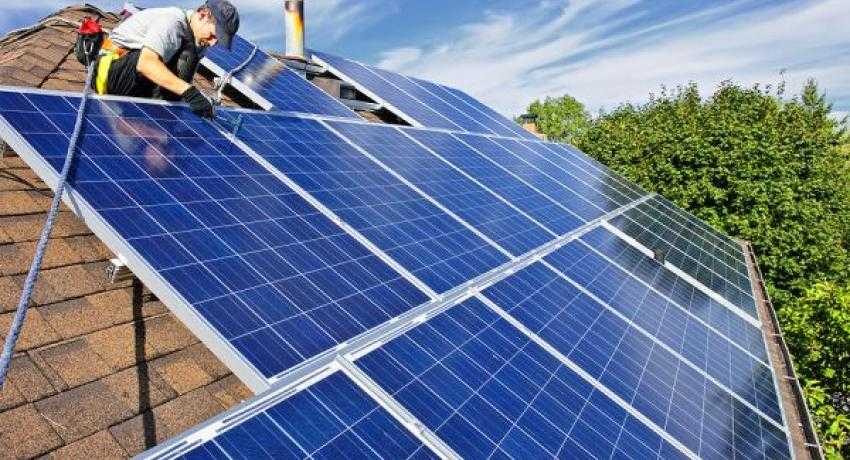What will happen when solar reaches US grid parity in 2016?
Right now solar panels provide less than 1 percent of the energy needs in the United States. But all indications are that we’ve reached the tipping point and the growth from here will be exponential.
The International Energy Agency estimates that solar will be the world’s biggest source of power by 2050. How?
Deutsche Bank analyst Vishal Shah published a report this week projecting that rooftop solar will become at least as affordable if not more affordable than grid power by 2016 in 47 of the 50 US states. That affordability will drive massive solar adoption.
Shah anticipates that installed solar capacity will increase six times over within the next two years in the 10 states where solar is most prevalent.
As solar becomes more affordable and as electric vehicles and battery storage drop in price and become more common, solar adoption will continue to increase. And grid defection is a likely result.
It’s already starting to happen in some areas. Bloomberg reported this week on a normal middle class family living in a Honolulu suburb that decided to go off the grid. With power costing nearly three times the national average in Hawaii, the island state is leading the country in per capita solar installations and is showing a path toward utility choice that hasn’t previously existed anywhere else.
David Greene bought solar panels and batteries for a total investment of $58,000. Now that he doesn’t have an electric bill anymore, his rooftop solar system will pay for itself in six to eight years, according to the Bloomberg story.
On top of avoiding the utility, Greene is skipping the gas pumps as well by charging an electric vehicle in his garage.
“I enjoy being off the grid,” Greene told Bloomberg. “It’s an independence thing. It’s cool to say you don’t have an electric bill.”
The Rocky Mountain Institute estimates that fewer than 1 percent of the number of people who buy power from a utility are living off the grid without utility electricity.
But Greene’s story is a testament to what could happen if solar continues to become more and more affordable.
That’s why utility companies have been so averse too solar in recent years, fighting to reduce incentives and limit grid connection for those customers with rooftop solar systems.
But as solar grows increasingly cost competitive, which it’s likely to do since it’s a technology like flat screen TVs and microwaves rather than a commodity like oil or natural gas, it could become alluring even in states with low utility rates and no financial incentives for solar installations.
Even if the 30-percent federal tax credit were to drop to 10 percent in 2016, solar would still be more affordable than grid power in 36 states, according to the Deutsche Bank report.




